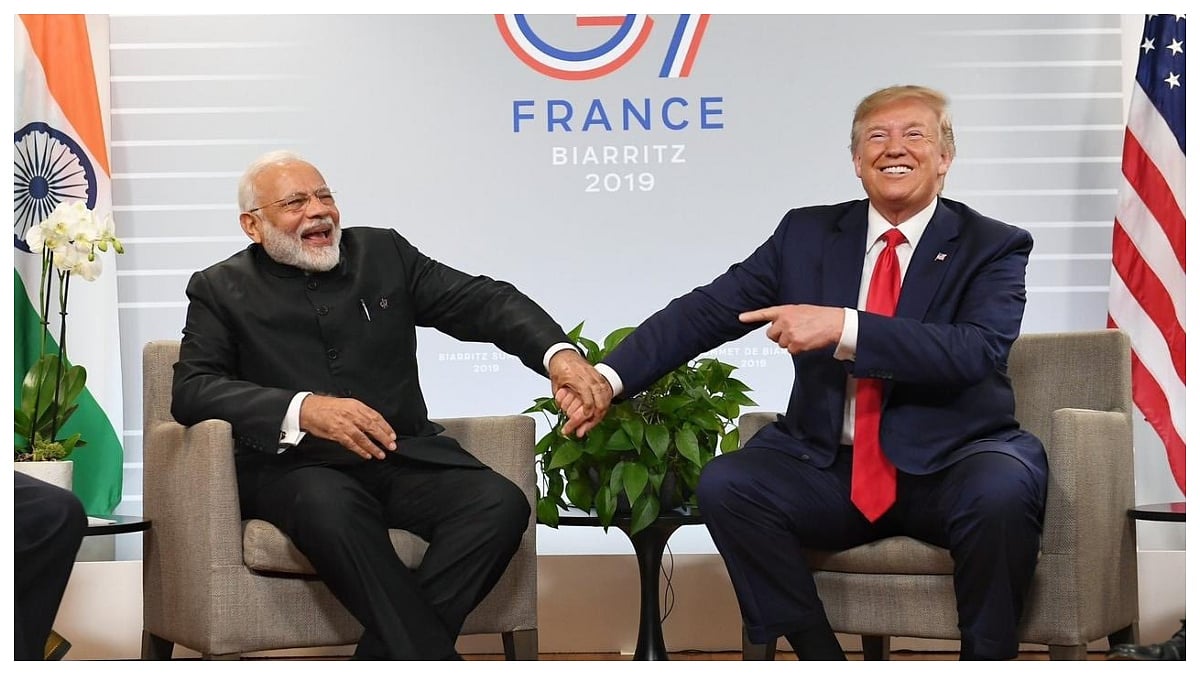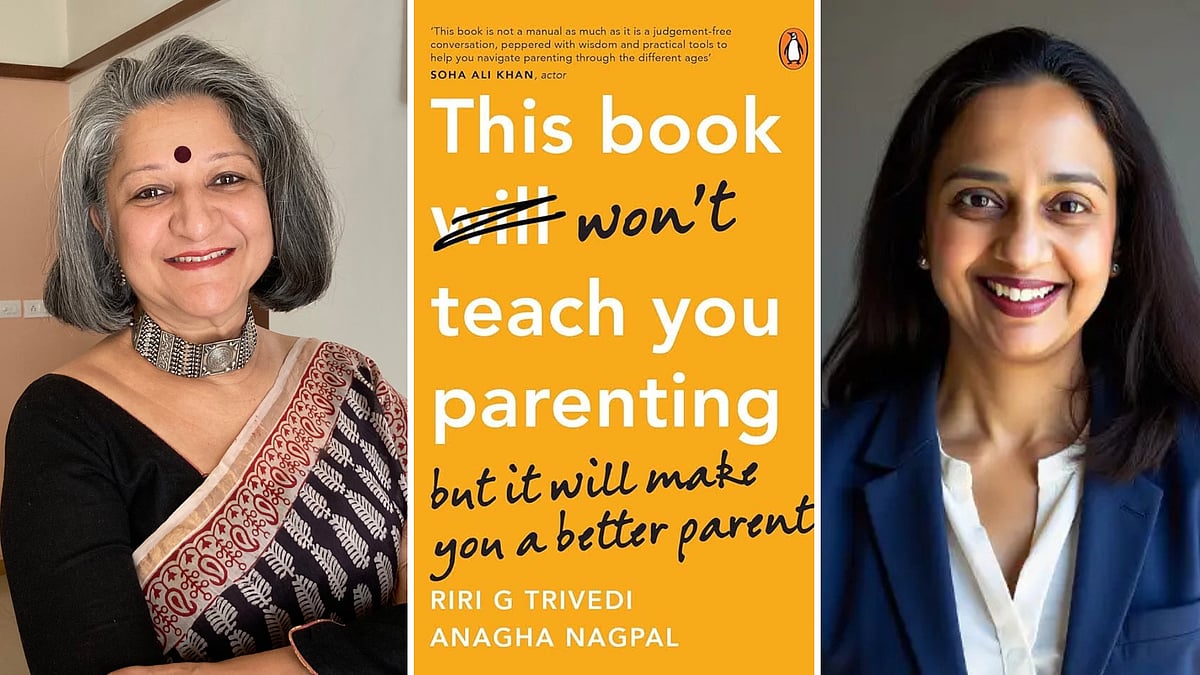Cat people (you know the species) will be happy to know that there is a new book in circulation, with their favourite animal playing a stellar role in interpreting the world through a feline’s POV (point of view).
And Nilanajana Roy, the author of that wonderful world of feral cats in The Wildings and its sequel, The Hundred Names of Darkness, has written the blurb – rather disingenuously, it would seem.
Roy refers to the protagonists of Jakarta Tails (artful!), Soyabean and Tofu as “her favourite globetrotting cats”… “back in another glorious rumpus-bumpus, this time in Indonesia”. Making you wonder what you have missed out.
This is the second book in “the continuing adventures of Soyabean and Tofu”, the cover says, and look, the first in the “series” has been re-issued to accompany it. Why? Because there is a whole decade between the two books and if these felines have been globetrotting, we haven’t heard anything about it.


Having said that, it seems a pity to have let so much time go by between the book. Written by Pallavi Aiyar, who has spent a long time covering South East Asia extensively as well as China where she lived for a long time, this is a cat-lover who has let her moggies do all the talking in the first book (set in China), while she makes her own entry and adds her own POV to developments in the second (with Indonesia as a backdrop).
It is an interesting device, even if you don’t particularly like cats. Both Soyabean, the orange spoiled cat, and Tofu, little and fierce, the quintessential stray (called a dustbin cat) are whole people and the anthropomorphism is complete.
These are cats belonging to an Indian woman married to a non-Indian, a thinly disguised portrait of the author it would seem. However, in the first book, Chinese Whispers, she stays largely in the background, more a facilitator of developments than an actor.
Aiyar creates an interesting picture of what it is like to live in China as a waiguo (foreigner) in the middle of regular Chinese people in a hutong or a Beijing alley, along with neighbours who are largely nice but some who
are awful. And much of the dramatic tension is provided by these “awful” Chinese, up against a waiguo in comfortable circumstances.
Soyabean and Tofu, meanwhile, are busy living their own lives, suffering the angst of abandonment and loss, scattered families, and, in the case of Tofu, a mother who sort of gives up.
As for Soyabean, his story, as a cat who becomes a cat model for a brand of Chinese cat-food, which turns out to be practically toxic but a great money-spinner for its unscrupulous manufacturers, is obviously a comment of the common perception of China-made in India. Of course, they get their comeuppance in the end (on national television, in fact) and the story ends on a happy note, which has a distinct “for now” feel about it.
Read together, the books underline the great gap in between them. In the first, there is a non-critical reference to Tiananmen Square where there are workers movements in full cry over wages and other things. Some of the cat story also takes place on the site of a stadium, referred to as the Nest, which pretty much allows one to date it as pre-2008 and the Olympic Games in Beijing. So when you jump across the decade to Indonesia in the second book in the series, there’s a lot of filling in to do.
The waiguo is now a “bule” in Indonesia, and enters the story as well. So there are frangipani trees on which to sharpen claws, two small sons of the family partially displacing our heroes, friendship with rats, the rise of communalism, mob attacks, fake news to be fought and a host of factors that affect the world and our cats as well, even if it is as proxy humans alone.
Again, as there was a gradual immersion in a Chinese hutong, here there is an acquaintance with a city struggling through infrastructure transformation and the impact it has on daily life.
Traffic hits everyone!
One can see the potential Soyabean and Tofu have to become distinctive figures with adventures to look forward to. Aiyar has a sharp eye for cat behaviour, especially with regard to human relationships. It would be nice to be reassured that readers will not have to wait so long for their next fix.
Book: Jakarta Tails (Pages 260); Chinese Whiskers (reissued, pages 238)
Author: Pallavi Aiyar
Publisher: HarperCollins
Price: Rs 399 (each)












